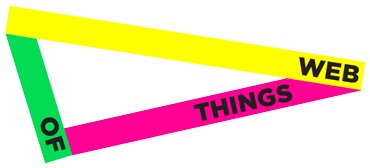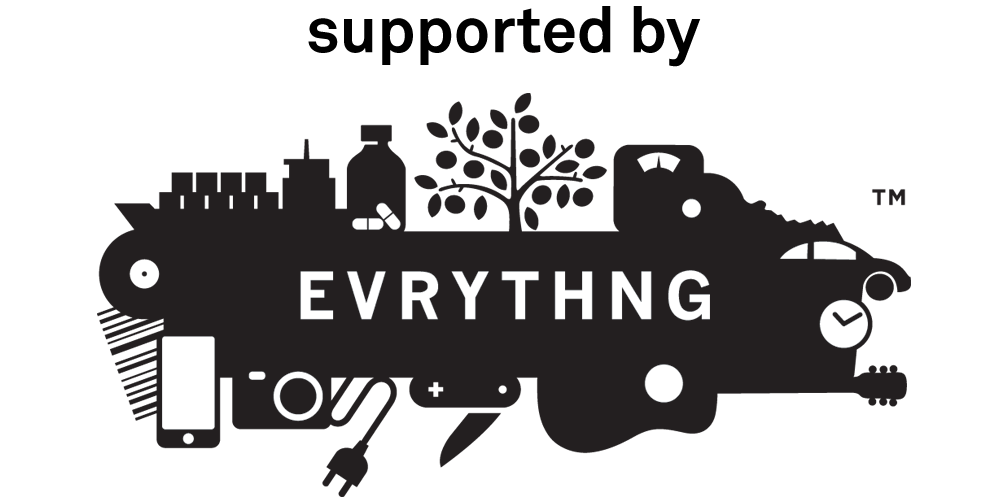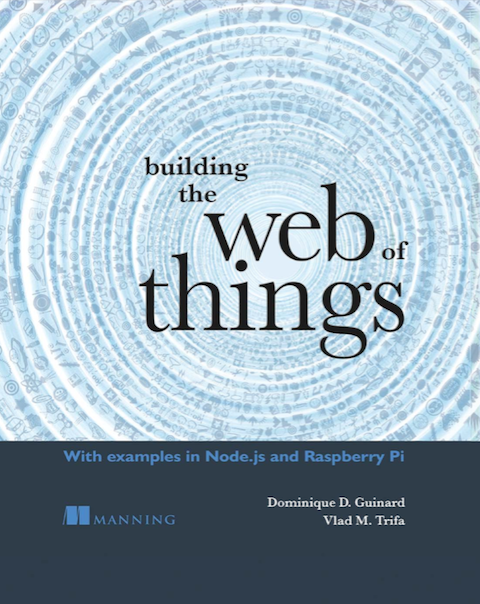SAP Research RoofTop Marketplace
Volker Hoyer (again ;-)), Florian Gilles, Kathrin Fleischmann, Alexander Dreiling and Katarina Stanoevska-Slabeva present the RoofTop mashup tool. Volker is on the scene again, this time demoing RoofTop, a mashup editor for enterprise mashups. Volker compares the steps toward building a mashup to those on the market place: Knowledge, Intention, Contract or Design and Settlement. This is also the way RoofTop is structured. He starts the demo by explaining how you can search for widgets either by browsing the catalogue or by means of keywords this is the so called-knowledge phase. The next phase is intention, that’s when the user...



